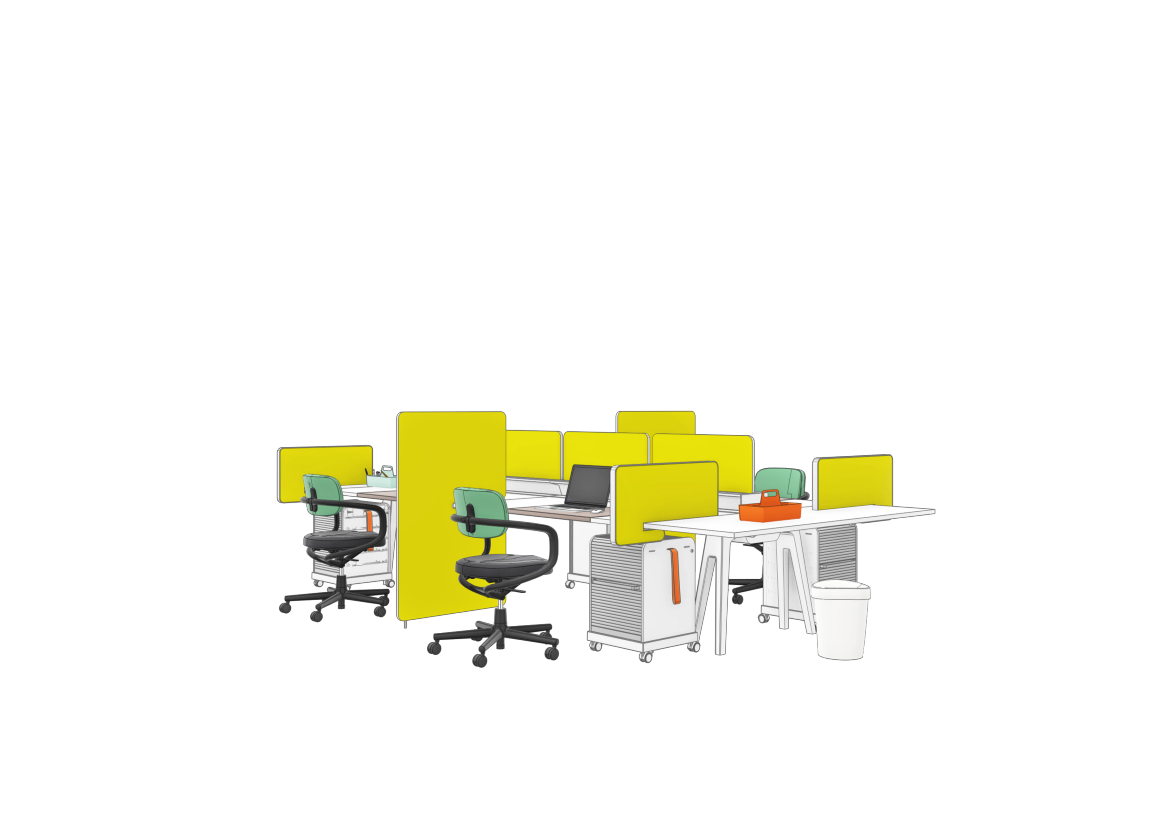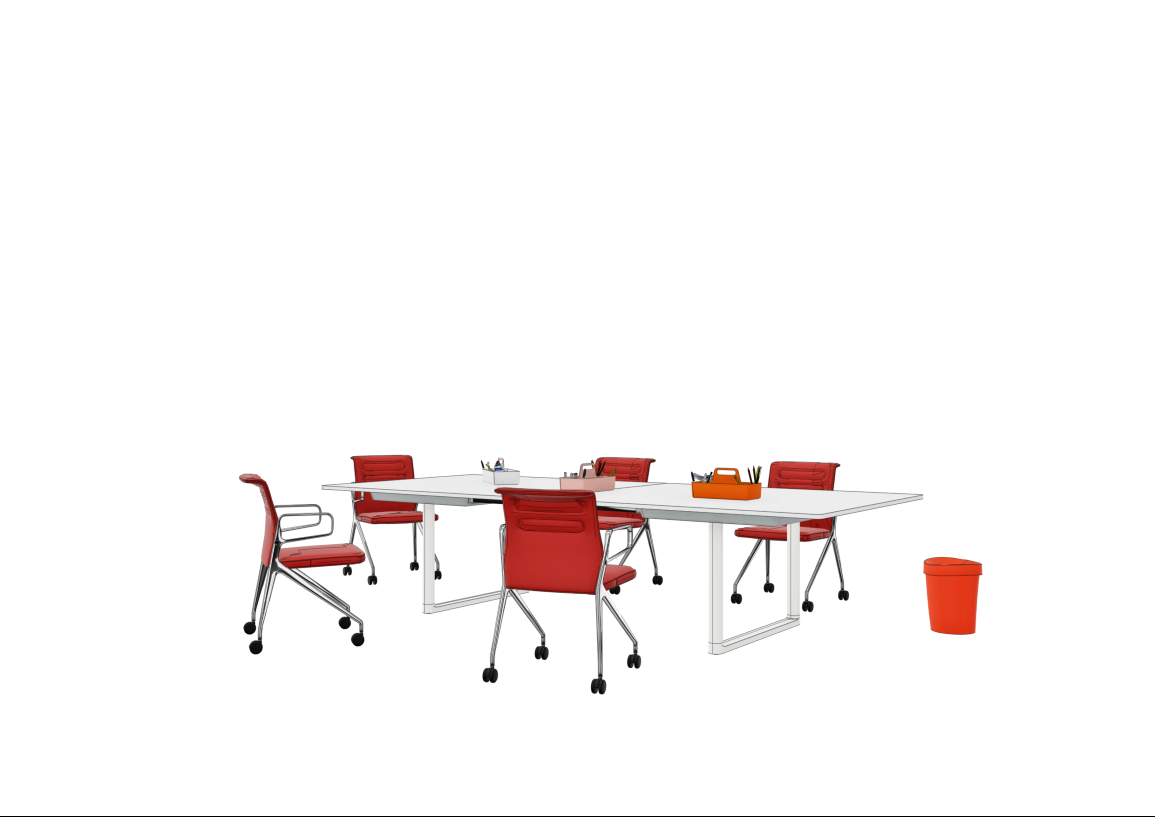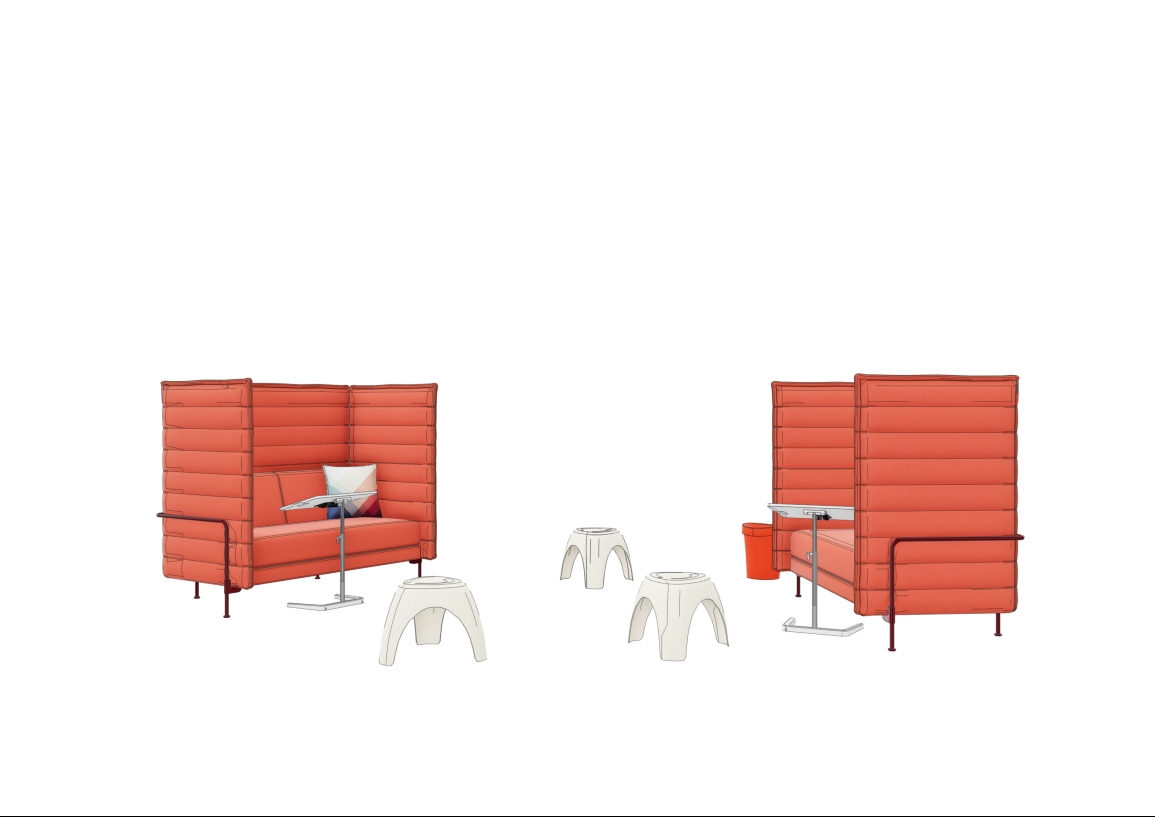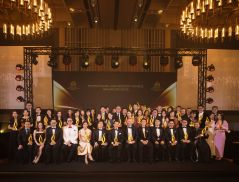
A survey conducted in April in Singapore of more than 2,700 white collar workers found that eight in 10 wanted to continue working from home after the partial lockdown brought about by COVID-19 is lifted.
Done by human resources technology start-up EngageRocket, the Institute for Human Resources Professionals and the Singapore Human Resources Institute, it has profound implications on the relationship between an office and its occupants.
Among them include factors such as changes in its primary usage, heightened standards of cleanliness and the need to de-densify workstations.
“Every company is responsible for taking precautionary measures in the workplace to stop the further spread of COVID-19, and physical distancing remains the most effective tool in this regard,” says Nora Fehlbaum, CEO of Vitra.
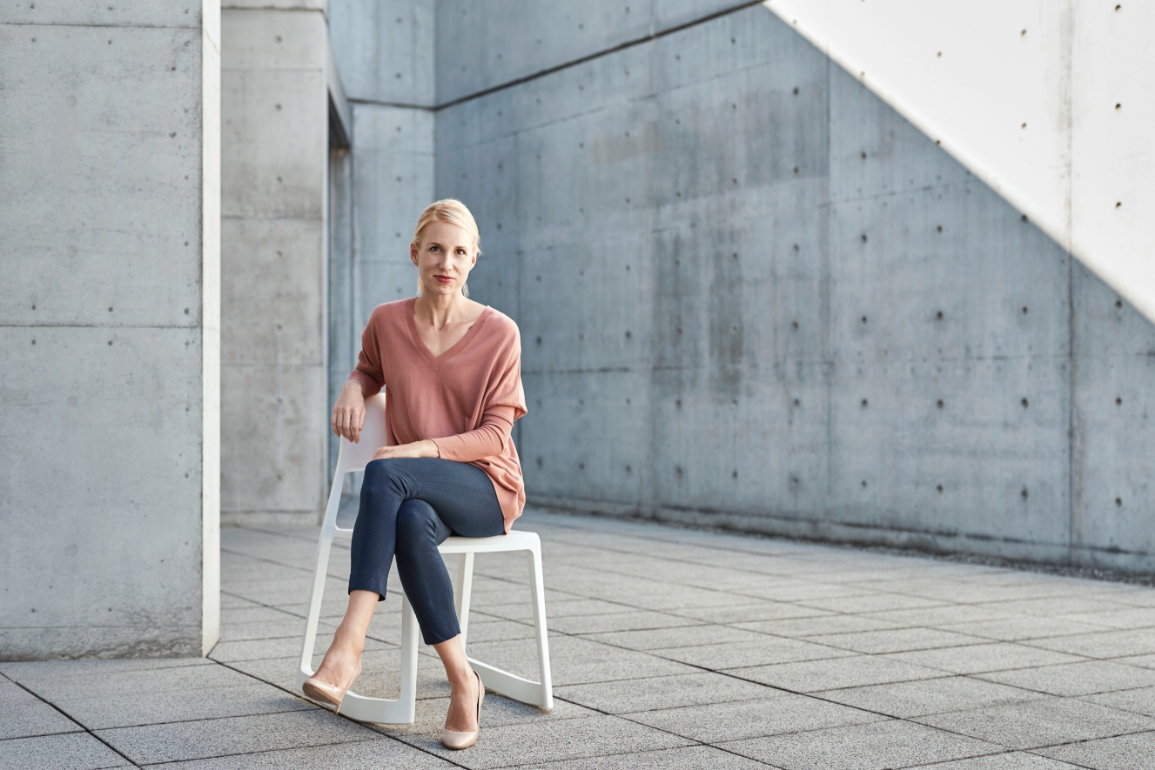 Nora Fehlbaum
Nora Fehlbaum
To this end, the Swiss furniture designer and manufacturer has come up with six hypotheses that can help companies, institutions and employees return to the office with ready-to-use spatial solutions and carefully-conceived planning approaches.
Working remotely will become much more prevalent
Many people are now working from home. This involuntary experiment has demonstrated that functioning technology is available, productive work is possible and that even teamwork can thrive. Allowing for remote working gives a company access to a global talent pool and reduces its ecological footprint at the same time. Regular remote work can reduce the density of staff in the office and therefore allow for physical distancing in the workplace.
The physical workspaces that remain become a conscious investment
A physical presence will remain unavoidable for companies, teams and functions in which physical labour or direct interaction with clients or machines is required. Current surveys and studies reveal that employees do not view the workplace as a necessary evil but that they actually enjoy working in the office. This has been confirmed during the COVID-19 pandemic: Most people started to miss their usual work environment, social interaction and routine after the first couple of weeks of working from home. It would therefore seem that the standard office setting provides a gathering place in an increasingly digitalised world.
“A good physical office environment gains importance in a time of crisis. It becomes a place of gathering and social interaction – a place that reflects corporate cultural values,” shares Fehlbaum.
Increased hygiene standards will be maintained, as employee health becomes an important company value
New precautionary measures in communal spaces will help prevent infection and the spread of disease. Surfaces, handles, bathrooms and even frequent contact areas on chairs will be cleaned daily. Textiles and upholstery may lose attractiveness, while materials like leathers/faux leathers and plastics that are easy to clean gain in relevance. Wood can be considered a good option: A warm natural material, comforting to touch, yet hygienic and easy to clean.


How and where we meet will change
The question of if and how we meet will arise with the post-COVID-19 reality. Many meetings and events will be transferred to digital platforms. The frequency of in-person meetings should decline: We will only meet when we really have to – with physical distancing in conference rooms or in standing meetings.
New rules will be developed for shared spaces, and office layouts will be adapted
Crowded workspaces, working at benches in close proximity to others, or relocating to a different non-territorial workplace every day will be called into question when we return to our offices post-crisis. However, this does not necessarily mean the revival of compartments or cubicles. Companies will have to ensure that there is physical distancing between employees and reduce the shared use of objects and spaces.
Aesthetics will change, or will they?
As a result of COVID-19, we have learned that we can work from almost anywhere. Thus, going to the physical office becomes a very conscious, deliberate decision. We go there to meet our colleagues, to do specific tasks or to align our efforts with the mission and purpose of our employer. One common thread that we will all be looking for is a human element. The office can and should look somewhat more formal than our homes, but in a way that meets basic human needs after the crisis. It needs to provide a sense of comfort, protection and safety, while meeting increased hygiene standards. Novel shapes, colours and materials will surface to fill this need. The COVID-19-related wave of innovation has been mainly digital so far and hence invisible, just like the virus. Safe and familiar values and objects will gain in importance – in the form of timeless products that have served our parents and grandparents before us.
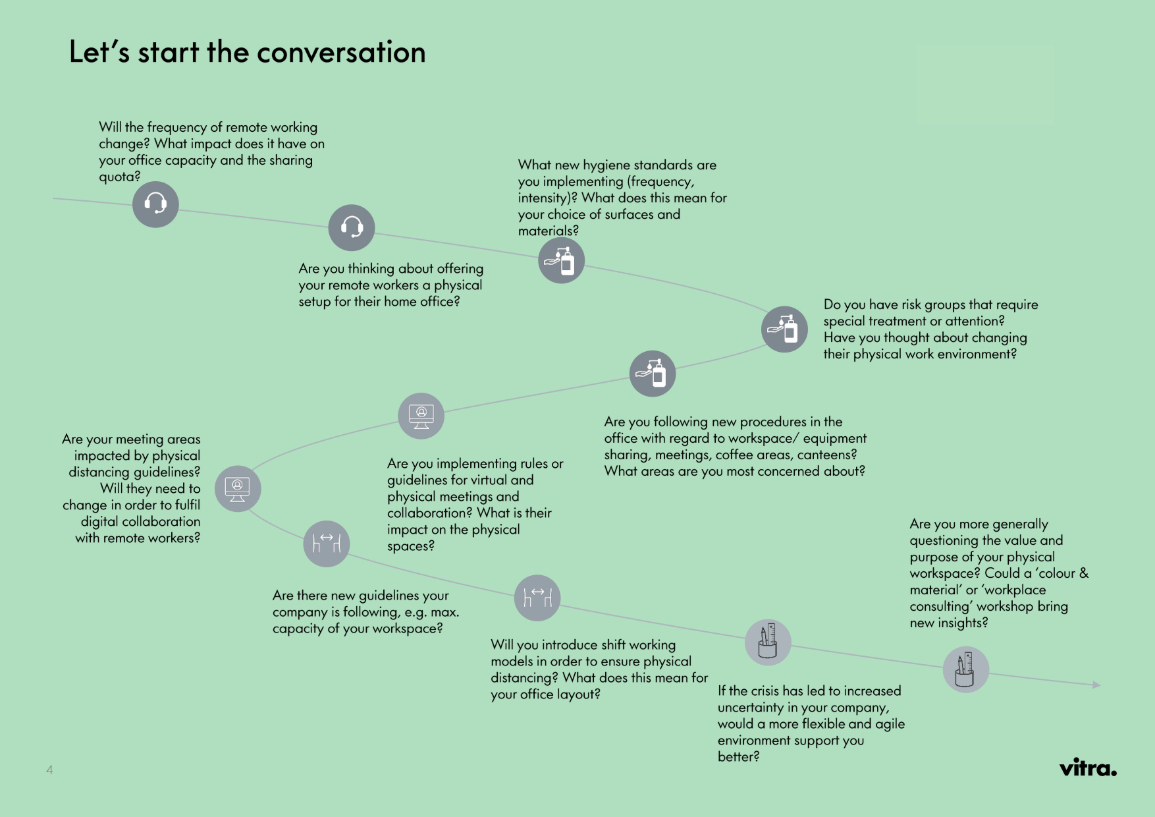 Vitra offers a guide on how to return to the office
Vitra offers a guide on how to return to the office
Read what architects think about how COVID-19 will impact our built environment in d+a's Issue 116 (June/July 2020), available for sale on Magzter.


 Share
Share
